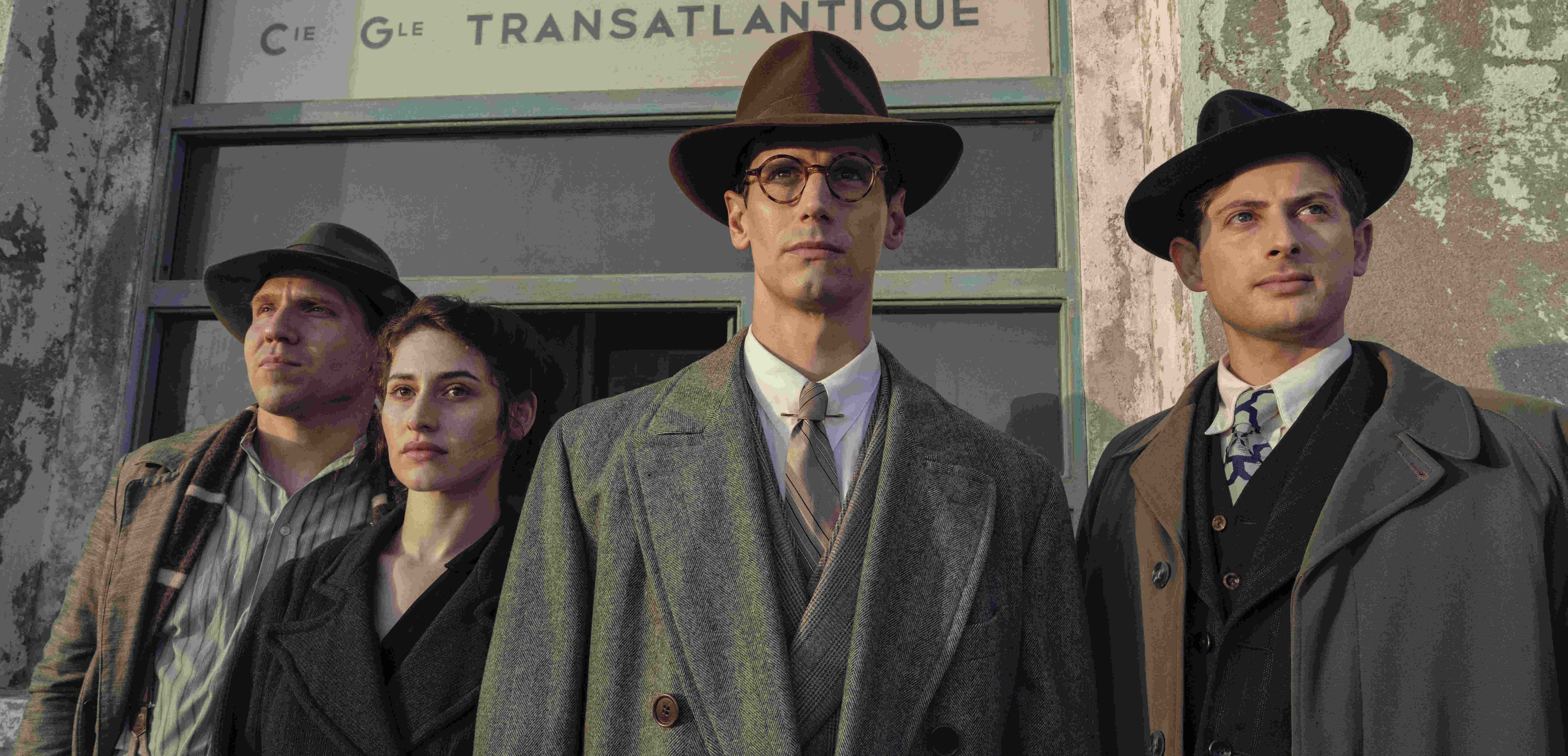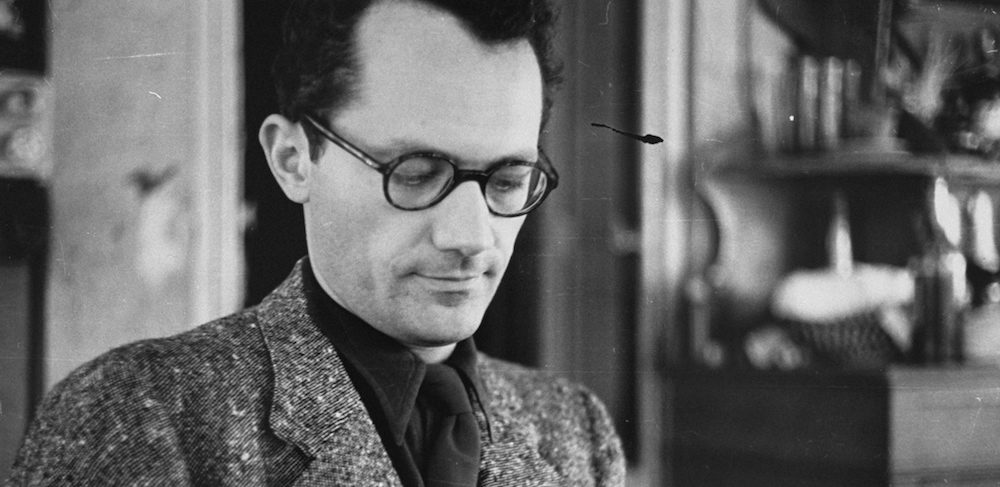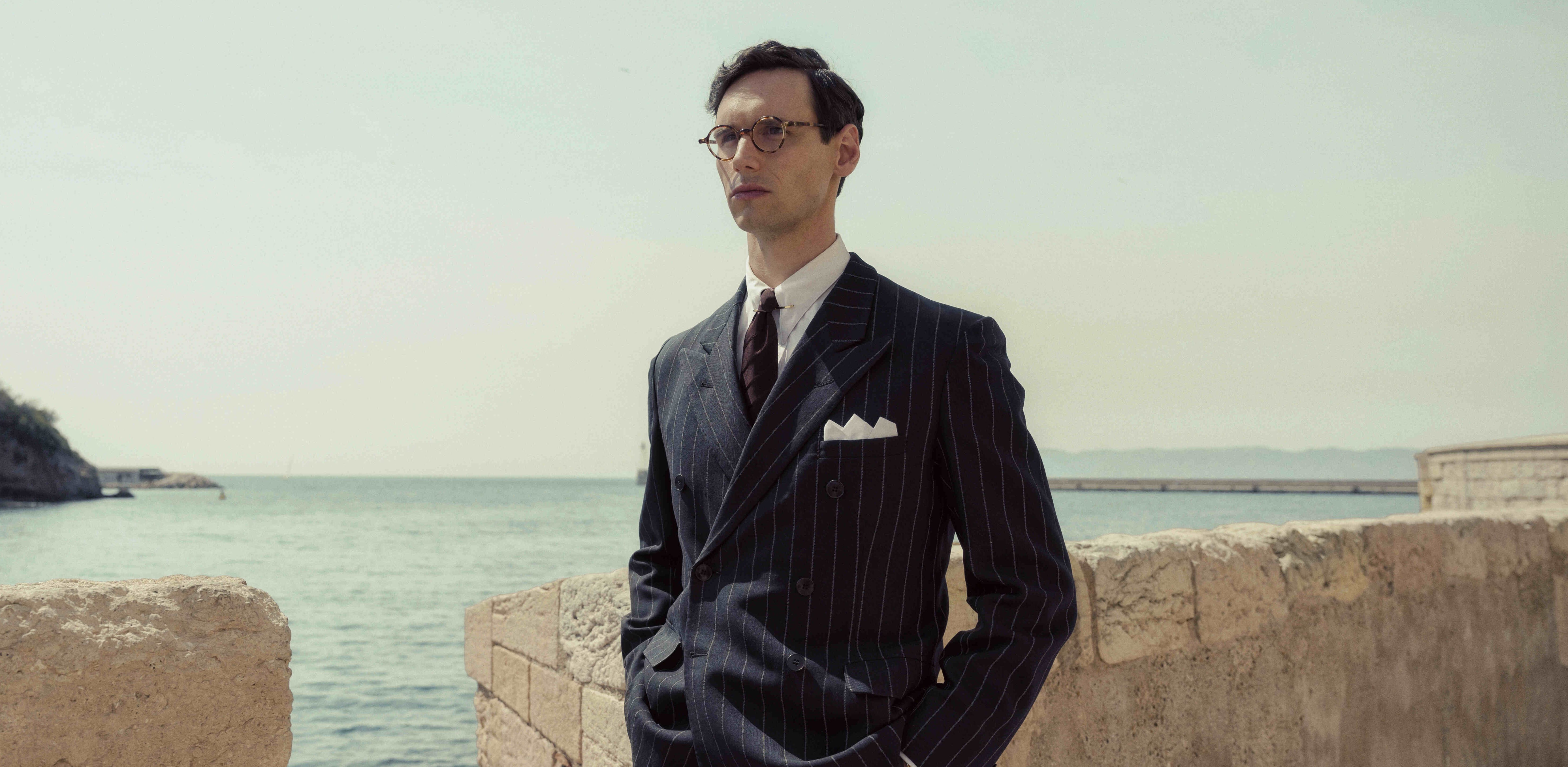Created by Anna Winger and Daniel Hendler, Netflix’s historical series ‘Transatlantic’ revolves around the Emergency Rescue Committee, a group of New York-based artists, intellectuals, etc. who sets out to save Jewish and anti-Nazi individuals from Nazi Germany and the Holocaust. Varian Fry, one of the founders of the ERC, ends up in Vichy France to find a way to rescue over two thousand individuals from persecution. The story progresses through the legal and illegal means Fry and his allies such as Mary Jayne Gold, Albert Hirschman, etc. rely on to rescue refugees. Since the series is set during a significant period in European history, the viewers must be intrigued to find out whether the unbelievable saga has its roots in reality. Well, let us provide the answer!
Transatlantic: A True Tale of Bravery and Compassion
Yes, ‘Transatlantic’ is based on a true story. The series is a television adaptation of Julie Orringer’s novel ‘The Flight Portfolio,’ which revolves around the true story of Varian Fry, a New York-based journalist who rescued around 2,000 to 4,000 anti-Nazi and Jewish refugees from the Nazis with the help of his fellow members of Emergency Rescue Committee. While working as the foreign correspondent of The Living Age, Fry visited Berlin before World War II, only to witness the atrocities suffered by the Jewish population under Adolf Hitler’s Nazi regime. Germany’s interim occupation of France made Fry realize that he should intervene, which paved the way for the formation of the Emergency Rescue Committee.

After the formation of the ERC, Fry ended up in Marseille, France, to facilitate the rescue of a group of Jews and anti-Nazis. The group mostly comprised of writers, intellectuals, musicians, artists, etc. who wanted to escape from the agents of the Gestapo, the German secret police of the time. Fry and his allies used Villa Air-Bel as a hide-out for the refugees until they were smuggled out to safer regions. Over two thousand refugees crossed the border of Spain on their way to Portugal, a country that had a neutral stand at the time. From Portugal, the refugees were taken to the United States. Fry and his allies also made use of the French colony of Martinique to help the refugees end up in the United States.
Fry was joined by American heiress Mary Jayne Gold and artist Miriam Davenport to rescue the refugees from the Vichy regime of France. Albert O. Hirschman, who later became one of the renowned political economists, also helped Fry during the time. Fry had to acquire visas for the refugees he had been rescuing from France so that they could end up in the United States. Hiram Bingham IV, the American Vice Consul in Marseille at the time, joined hands with Fry to solve the predicament. Bingham reportedly issued thousands of legal and illegal visas for Fry and his group to send the refugees to his home country. The journalist also had to confront several challenges to rescue Jews and anti-Nazis from France.
The French police arrested Fry and his friends in December 1940 fearing that the group was planning acts of terrorism. As per reports, even the US State Department representatives weren’t too pleased with Fry’s actions either. They were reportedly concerned that the group of Americans’ involvement in saving refugees from Europe jeopardized the US’ efforts to stay neutral in World War II. In August 1941, the French police again arrested Fry and took him to the Spanish border. Without any other options in front of him, the journalist returned to his home country in October 1941. Fry and his allies’ efforts helped several famed personalities such as sculptor Jacques Lipchitz, Nobel Prize-winning physician Otto Meyerhof, political theorist Hannah Arendt, artist Marc Chagall, poet André Breton, filmmaker Max Ophüls, anthropologist Claude Lévi-Strauss, etc. to escape from the Nazis.

Although ‘The Flight Portfolio’ is based on a true story, Julie Orringer did take creative liberties to write the same. “[…] when I learned about Fry, I felt like his story had to be told. And I’m a fiction writer, so I tend to think my way into telling a story through the lens of invention,” the author told Brooklyn Review. “I love the freedom it confers, and the access it allows to characters’ inner lives, historical constraints notwithstanding. I became fascinated by what couldn’t or wouldn’t have been recorded about Fry’s life at the time—i.e., the parts of his experience that would have been considered, according to the mores of 1940’s America, outré or morally damning,” Orringer added.
Anna Winger, the co-creator of ‘Transatlantic,’ also followed Orringer’s method to conceive the series. “Well, you read everybody else’s work, you read all the history, and then you have to kind of leave it behind to write the fiction. Because we don’t know what people were really saying behind closed doors, we don’t know exactly who was sleeping with who,” Winger told The Hollywood Reporter about combining reality and fiction to make the series. This integration of reality and fiction makes ‘Transatlantic’ a moving drama about the sacrifices made by Fry and his allies to save thousands of individuals who later changed the course of American culture.
Read More: Where is Netflix’s Transatlantic Filmed?


You must be logged in to post a comment.